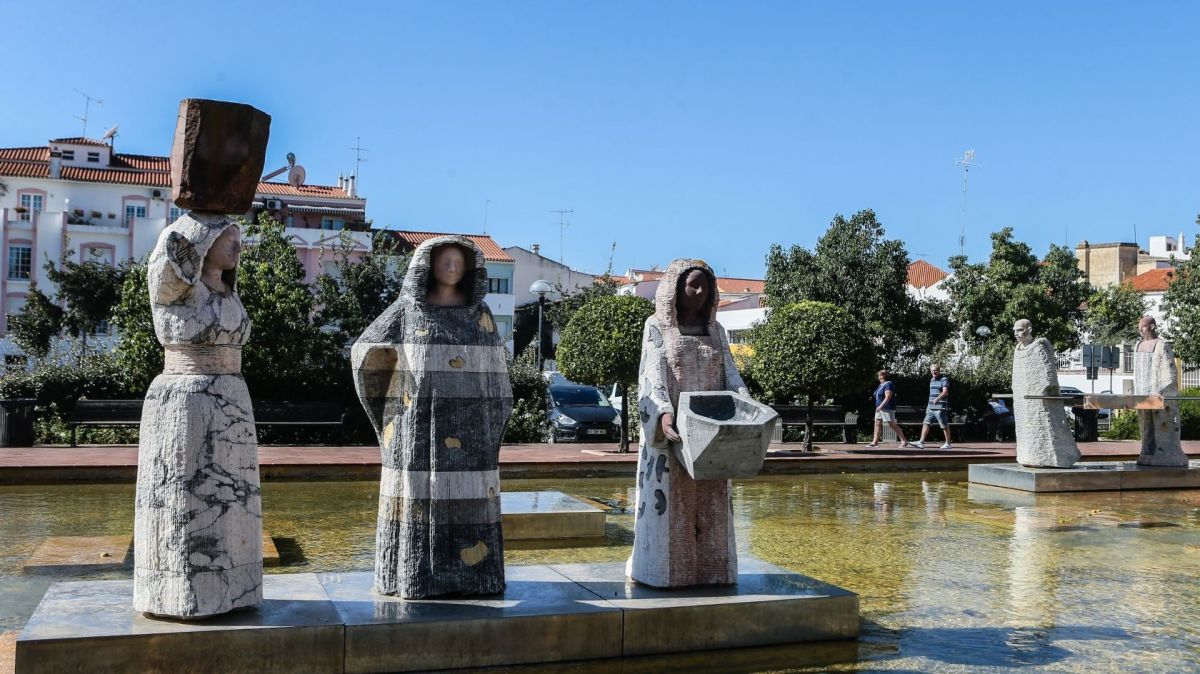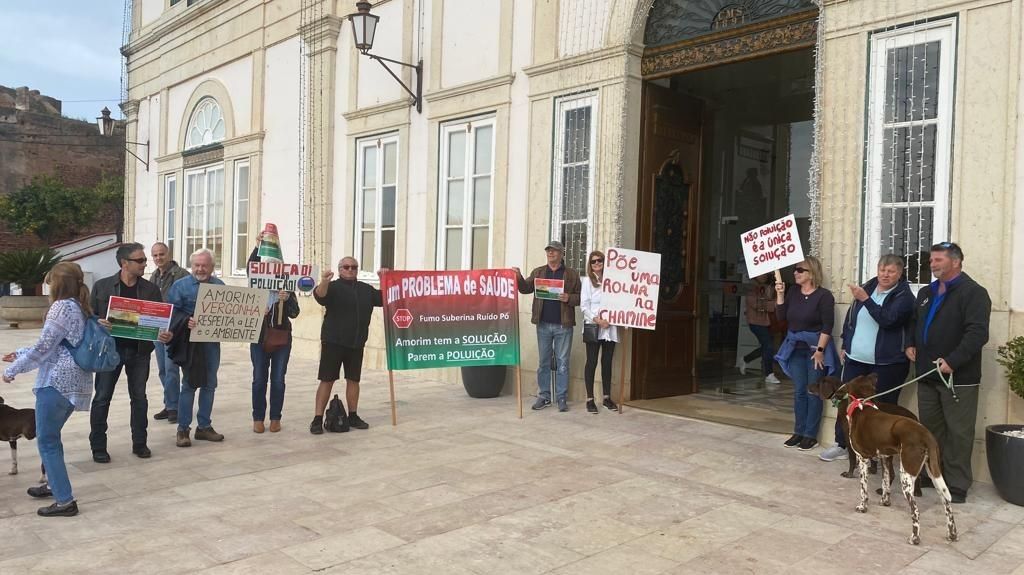This work, which began in July 2023 and ended in October 2024, allowed the identification, georeferencing and characterisation of a total of 7,883 trees in urban areas throughout the municipality, covering 135 different species.
According to the municipal inventory, with regard to the geographical distribution of species, Silves has the largest number of trees (3,149 trees, corresponding to 40% of the total), followed by Armação de Pêra, with 1,760 trees (22% of the total), São Bartolomeu de Messines, with 976 trees (12% of the total), Túnis, with 509 trees (6.5% of the total), Algoz, with 468 trees (5.9% of the total), Pêra, with 472 trees (6.0% of the total), Alcantarilha, with 353 trees (4.5% of the total), and, lastly, São Marcos da Serra, with 196 trees (2.5% of the total).

Despite the diversity identified, the most frequent species in the clusters are the Bastardo Lodão (Celtis australis), corresponding to 645 specimens (8.2%), the Olive Tree (Olea europaea), with 545 specimens (6.9%), the Silky Oak (Grevillea robusta), with 507 specimens (6.4%), and Almond Tree (Prunus dulcis), with 401 specimens (5.1%).
The geographic information of the municipal inventory of urban trees is available for consultation on the institutional website of the Municipality of Silves, via the trees dashboard, accessible here [https://cm-silves.maps.arcgis.com/apps/dashboards/e8317ac0aecf4fb4b3cdd54d3ef9dd7a], as well as the final report of the work carried out, which presents detailed statistics on the distribution of trees, trees with potential for classification and the impacts of the trees on the ecosystem, also available for consultation on the aforementioned institutional website [https://www. cm-silves.br/br/menu/3116/arvoredo-urbano.aspx].
















